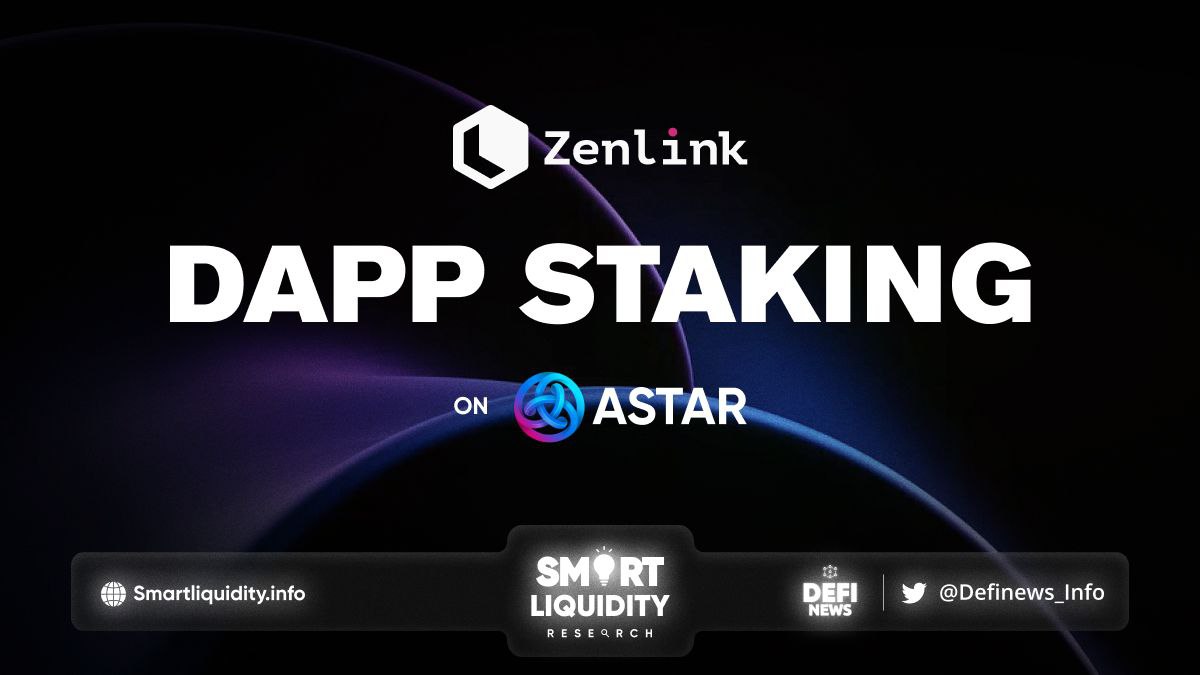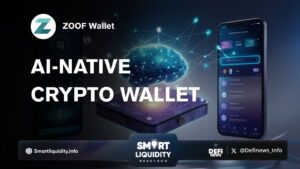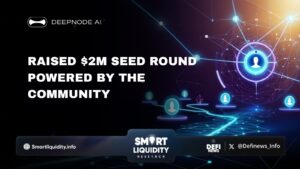Zenlink dApp Staking On Astar


Zenlink dApp staking on Astar was announced. Zenlink has been approved by the Astar community to join Astar’s Builder’s Program on August 11! To boost its development efforts in the Astar ecosystem they have been whitelisted into Astar’s dApp staking program.
Astar Network is the TVL Smart Contract Hub for WASM + EVM on Polkadot. Since winning its Parachain auction in January 2022, Astar Network has become the top Parachain in the Polkadot ecosystem in Total Value Locked and most Ethereum assets transferred over.
Astar Network is the leading smart contract hub that connects the Polkadot ecosystem to Ethereum, Cosmos, and all major layer 1 blockchains. Astar Network supports dApps using multiple virtual machines — namely WASM and EVM — and offers the best technology solutions and financial incentives via its #Build2Earn and Astar Incubation Program for Web3 developers to build on top of a secure, scalable, and interoperable blockchain.
What is dApp staking?
For developers to build great dApps, they need financial incentives. That’s where dApp staking comes in.
On the Astar/Shiden Network, dApp staking is how developers who build dApps can get rewards. By having an income, developers can keep building and improving their dApps.
At its core, dApp staking is similar to staking on validators. The difference is that dApp stakers — also known as nominators — can nominate their Astar tokens on dApps they want to support.
At every block, a portion of the rewards goes to dApp staking. This reward divides into operators (developers) and nominators. Overall, this creates a powerful incentive for developers to build dApps on Astar and for nominators to support developers via dApp staking.
In addition, when building on other blockchains, dApp developers need to apply for grant programs, issue tokens, and fundraise to earn money. Not only that, they often need to pay steep gas fees.
Moreover, on Astar, as long as a dApp nominates, developers can receive a basic income. As a dApp grows in popularity, more members of the community nominate the dApp, and this, in turn, enables the developers who built the dApp to receive a greater percentage of the block reward.
How to use dApp staking
1: Buy ASTR Tokens
- Get your hands on some Astar tokens $ASTR.
- You can buy them on Binance, BKEX, and OKX.
- The full list of markets can be found here: https://www.coingecko.com/en/coins/astar
2: Create a Substrate-based Wallet
- To learn how to create a Substrate-based wallet
- Please click the link below: https://polkadot.js.org/extension/
3: Go to Astar Portal and Connect Your Wallet
- When you have the ASTR tokens go to the portal: https://portal.astar.network/
- Connect your wallet to Astar Network.
- Click on ‘Store’ and look for our project: Zenlink.


4: Add Your Staking Amount
- You can click on a project to know more about the smart contract used for dApp staking.
- To add your staking amount, just click on ‘Stake’ in the box and sign with your wallet on Polkadot.js extension.
5: Add, Unstake, or Claim
- Once you have staked your tokens you can do three things: add, unstake, or claim.
- Add: to stake more, you can add more ASTR in dApp staking.
- Unstake: to unstake, you can claim your ASTR back.
- Claim: (top of page): claim your rewards from all dApps you staked on. Every ERA you can claim for your rewards, but we recommend doing this once every week.
Furthermore, dApp staking is a unique differentiator that only Astar and Shiden have in the Polkadot ecosystem. As developers, Zenlink has chosen to build on Astar because this gives them the opportunity to earn tokens while building out their product.
ABOUT Zenlink
Zenlink is an underlying cross-chain DEX protocol base on Polkadot and commits to becoming the DEX composable hub of Polkadot.
ABOUT Astar Network
Astar is the largest smart contract platform in the Polkadot ecosystem, supporting both Wasm and EVM. While providing native access to the Polkadot ecosystem through its parachain slot, Astar also has bridges into other major ecosystems, including Ethereum, BSC, Cosmos, Polygon, and more.





